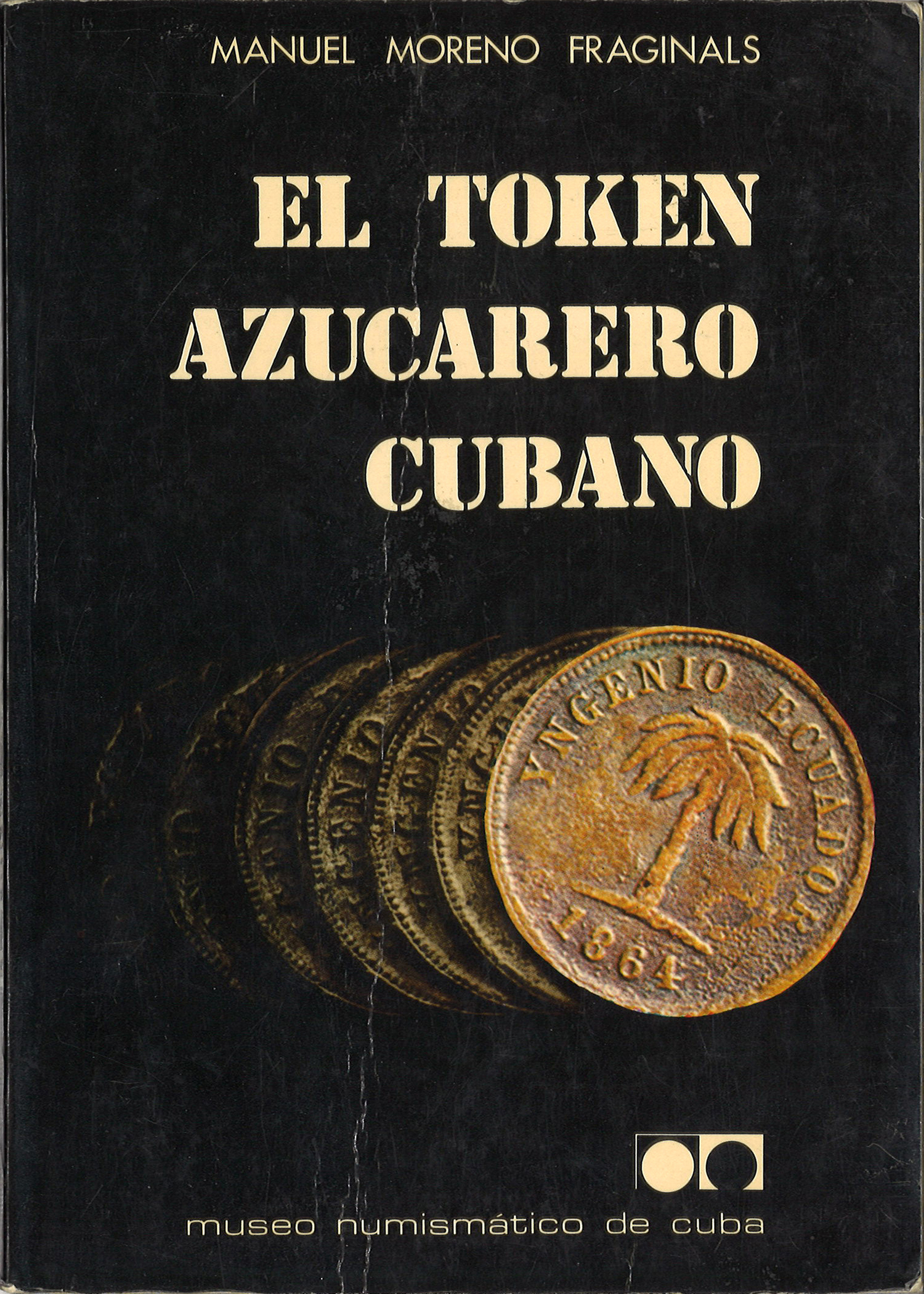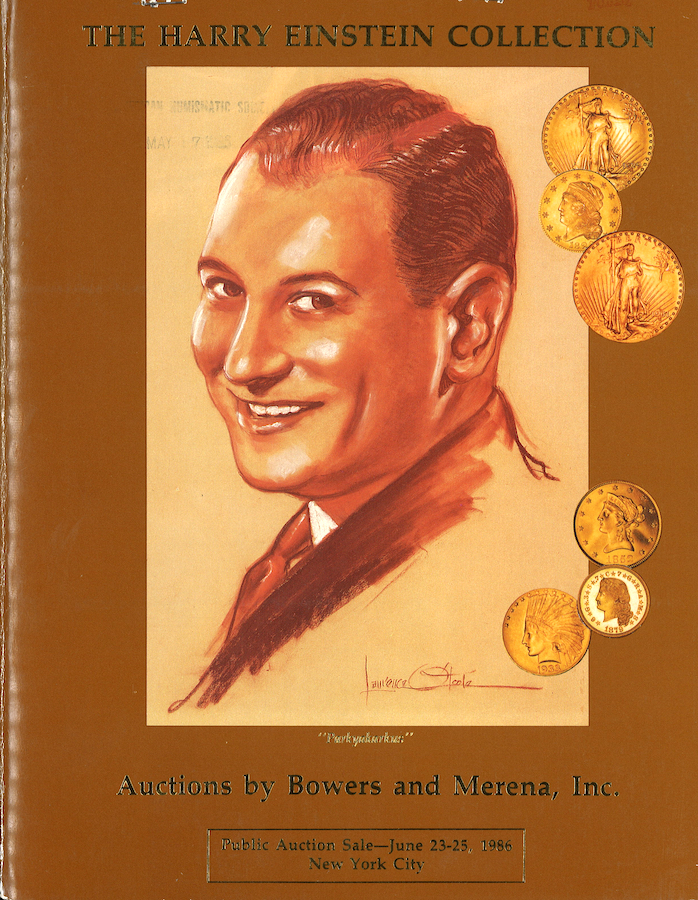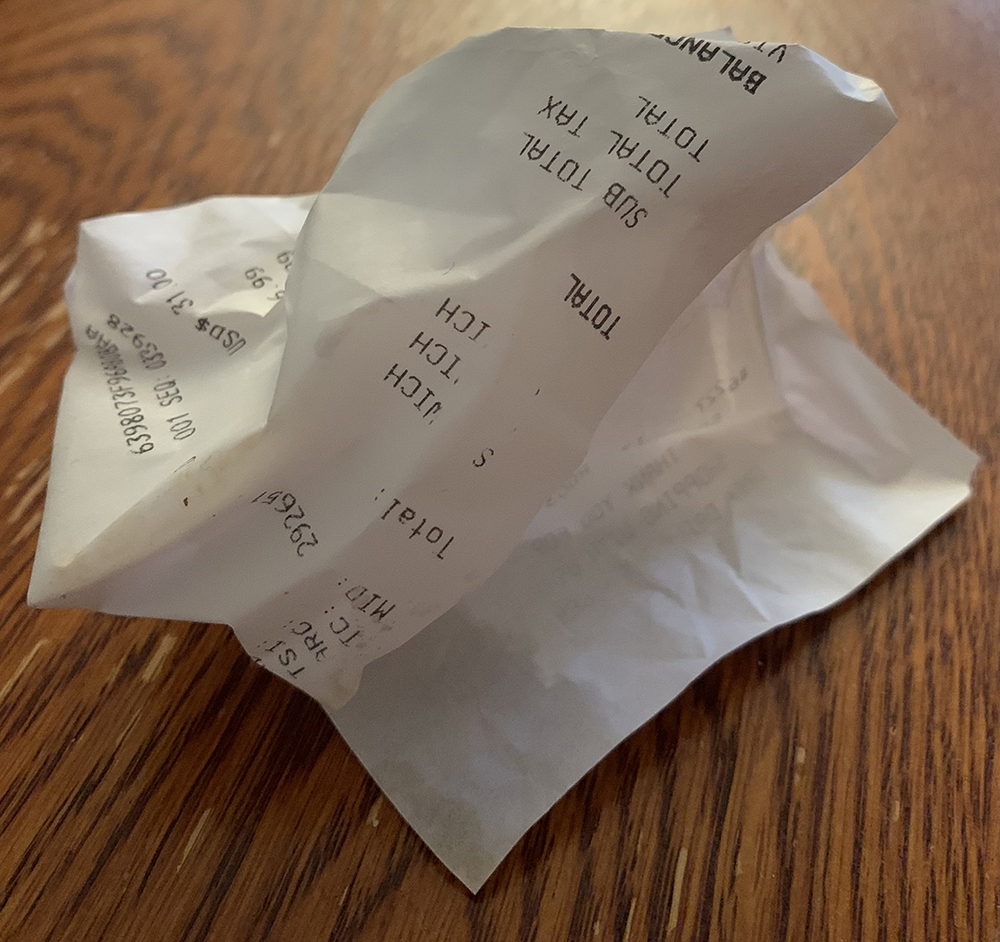He Owned a Fort
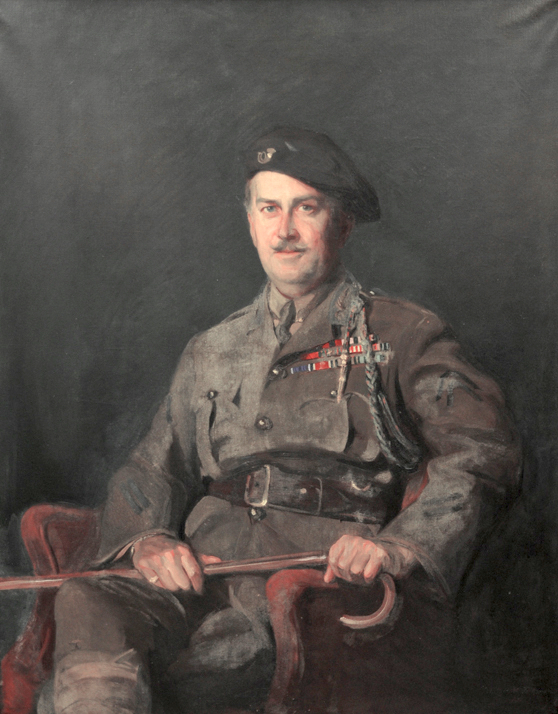
I don’t mean to turn this blog into my own personal travelogue, but I happened to be at Fort Ticonderoga in upstate New York this summer, and I remembered its connection to the ANS. One of the Society’s presidents used to own it.
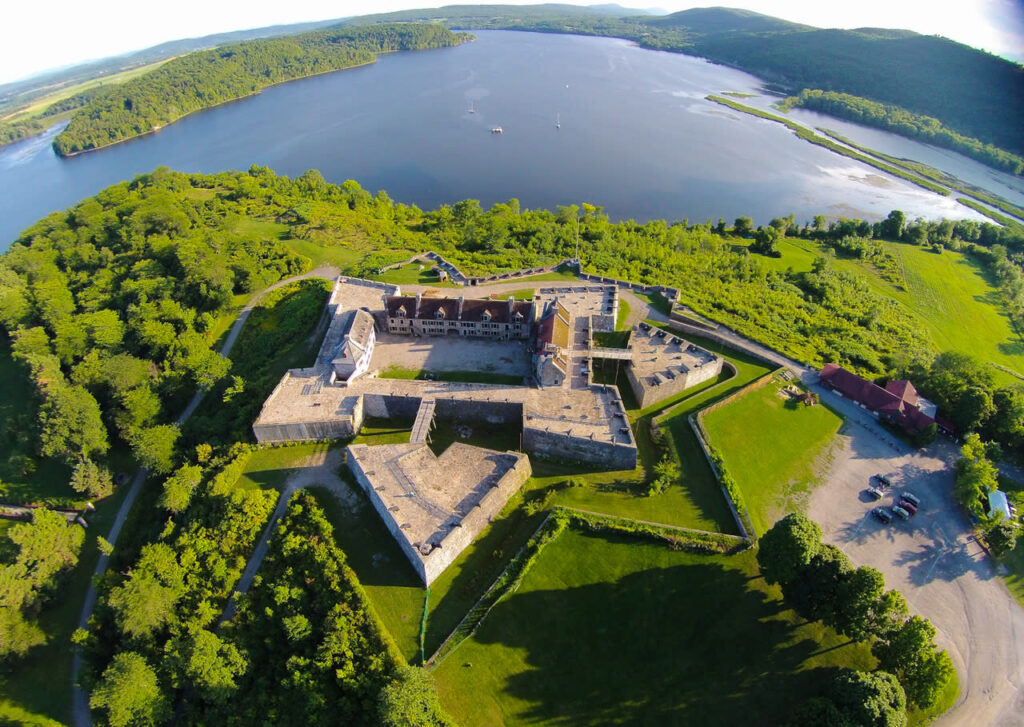
The fort, at the south end of Lake Champlain, was built in the 1750s by the French. It was later held by both the British and the Americans, but after the War of Independence it crumbled into ruins, stripped of anything useful by scavenging sightseers. In 1820, William Ferris Pell bought the fort and surrounding land from a couple of colleges that had acquired it from the State of New York. He built a home on the property and expanded it into a hotel to capitalize on the tourist trade that had been coming to the site since its abandonment.
It was Pell’s great-grandson Stephen Pell (1874–1950) who became president of the ANS, and he did so at a dire moment, stepping “into the breach” (in the words of the Society’s council) to take the position after the death in 1941 of Edward Newell, who had been president since 1916.
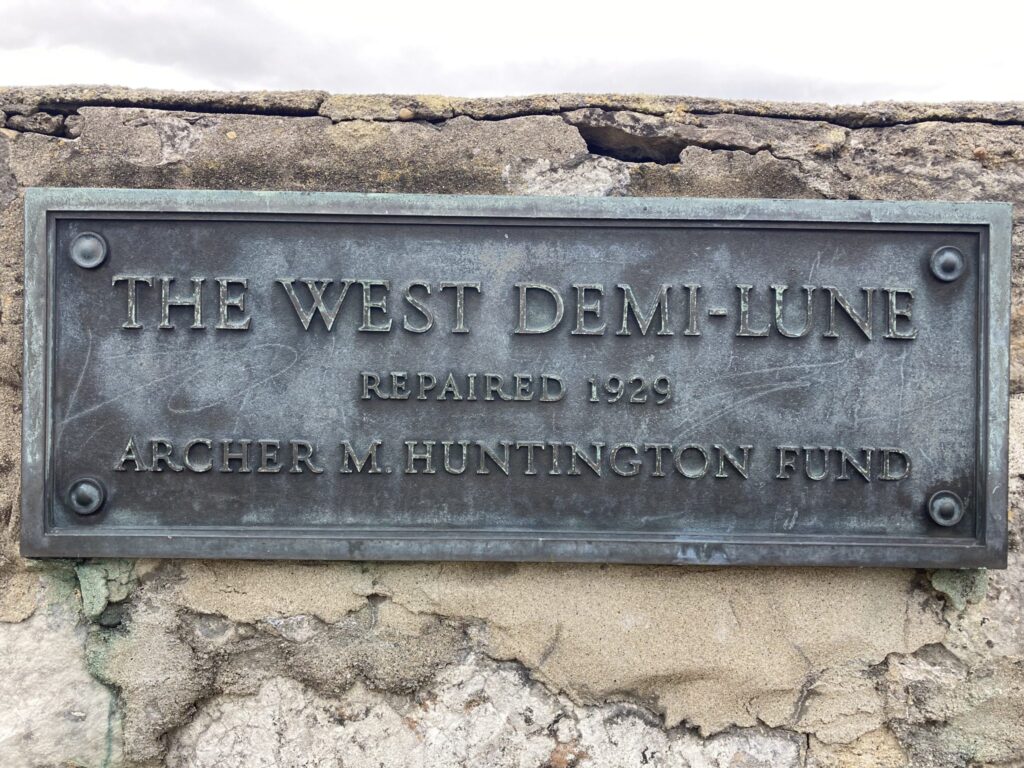
Pell had joined the Society back in 1907 and had served on its council since 1916. He didn’t have much formal schooling—and was “rather proud of the fact that he had little more than an eighth-grade education,” his great-grandson said in a 2005 email—but he had no problem mingling with the upper echelon. In fact, when the ANS and its neighboring institutions at Audubon Terrace were skittish about approaching the imposing benefactor Archer Huntington with a plan to erect a fence there, it was Pell they chose as their emissary. Huntington also funded some of the work at the fort.
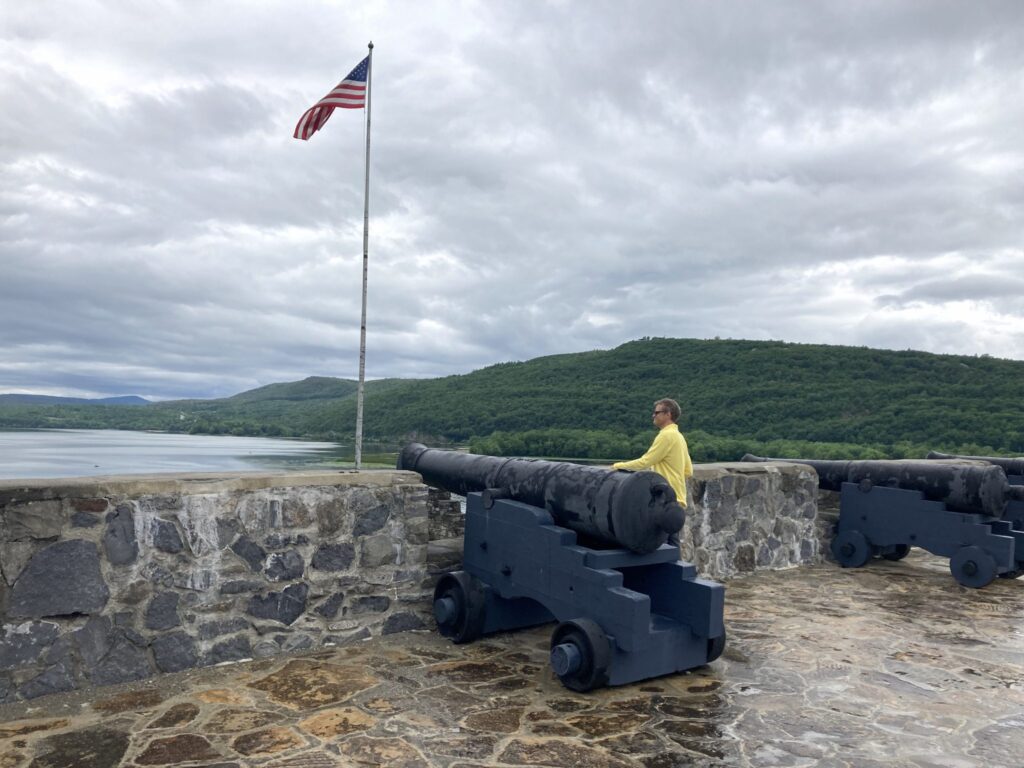
William Ferris Pell’s original property at the fort was divided among his descendants. Stephen Pell bought them all out, and, according to an exhibit label at the fort, came up with a plan to restore and open it to the public while chatting with an architect at a clambake in 1908. The fort formally opened to the public the following year. Much of it has been rebuilt over the years as part of the restoration.
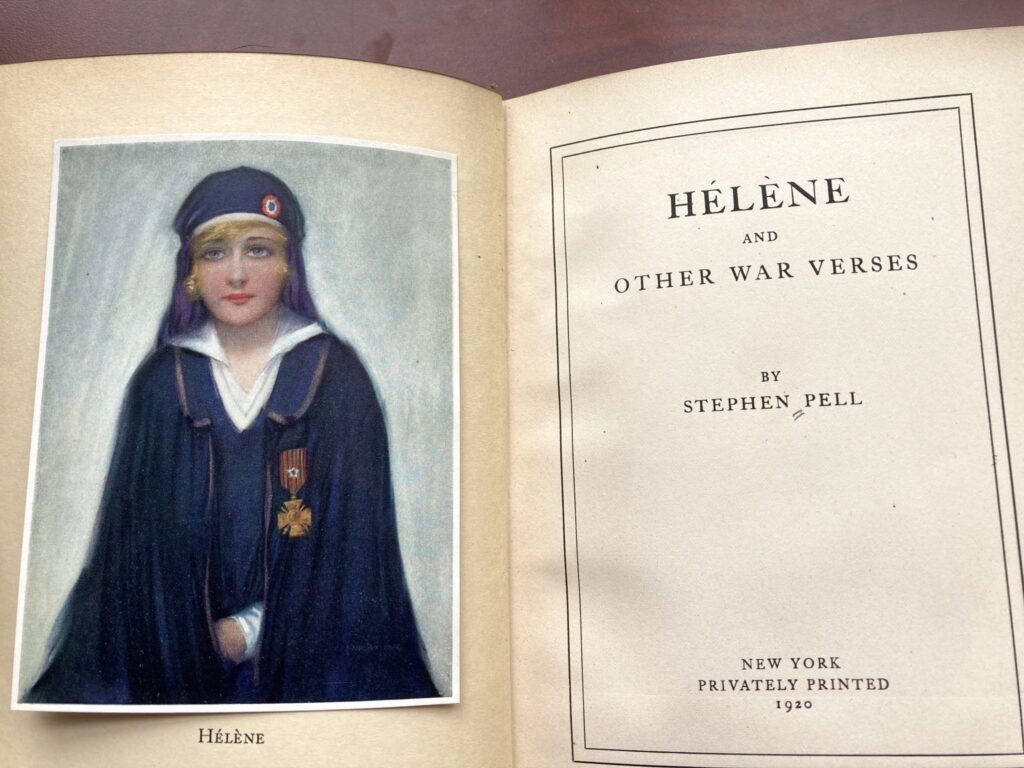
Pell served in both the Spanish-American War and World War I, and he expressed his experiences in a book of poetry, Hélène and Other War Verses, which he self-published in 1920. It’s not bad, but it’s not cheerful reading either. Here’s a taste:
Out of the night came the German plane, Scattering death as it went its way, Leaving a trail of horror and pain, Of burned and mangled and crushed and slain, And there in the wreckage I found Hélène— Calm and still she lay.
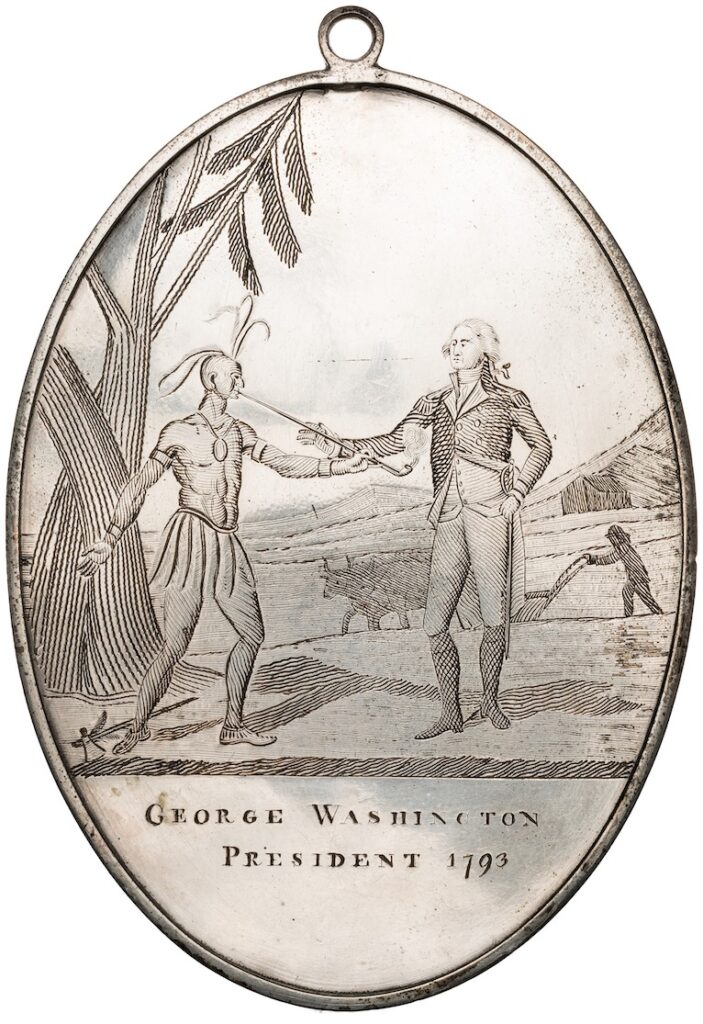
In addition to his years of service to the ANS, Pell is remembered for arranging to have his collection of over 30 Indian peace medals be purchased and donated to the Society by various individuals in 1915. He donated five of them himself.
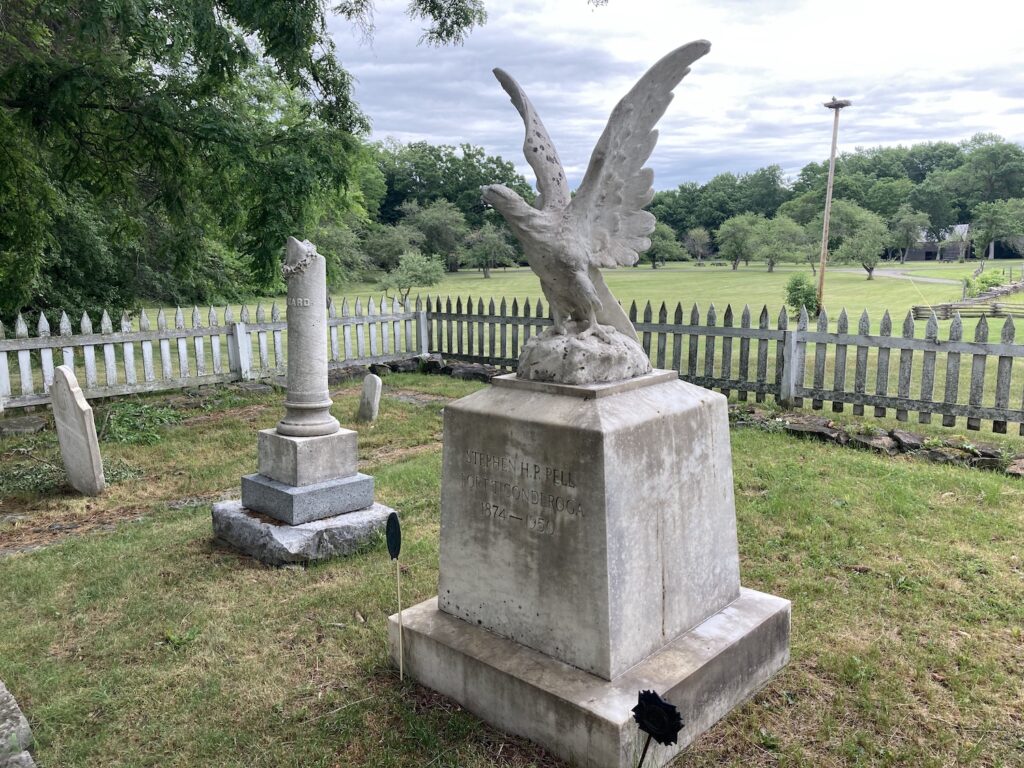
Often we can’t even find photographs, let alone videos, of the historical characters associated with the ANS, but Pell can be seen interacting with visitors at Fort Ticonderoga in a 16 mm film from 1942 here.


